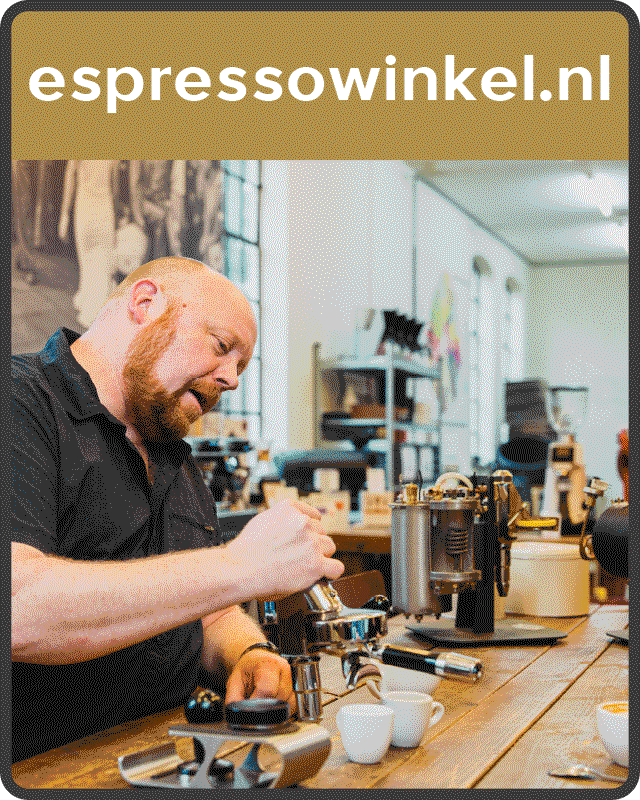42
door Spironski
Ik meen toch dat er wel suikers in koffiebonen zaten. En dat die dus ook naar buiten konden komen (en carameliseren). Heb een brander horen beweren dat de eerste glans bij het branden komt van suikers, niet van olie.
.........
Even naar Sweet Marias googlen:
The Roast Process in a Nutshell
* Yellowing: For the first few minutes the bean remains greenish, then turn lighter yellowish and emit a grassy smell.
* Steam: The beans start to steam as their internal water content dissipates.
* First Crack: The steam becomes fragrant. Soon you will hear the "first crack," an audible cracking sound as the real roasting starts to occur: sugars begin to caramelize, bound-up water escapes, the structure of the bean breaks down and oils migrate from their little pockets outward.
* First Roasted Stage: After the first crack, the roast can be considered complete any time according to your taste. The cracking is an audible cue, and, along with sight and smell, tells you what stage the roast is at. This is what is call a City roast.
* Caramelization: Caramelization continues, oils migrate, and the bean expands in size as the roast becomes dark. As the roast progresses, this is a City + roast. Most of our roast recommendations stop at this point. When you are the verge of second crack, that is a Full City roast.
* Second Crack: At this point a "second crack" can be heard, often more volatile than the first. The roast character starts to eclipse the origin character of the beans at this point. A few pops into second crack is a Full City + roast; a roast all the way through second crack is a Vienna roast. Small pieces of the bean are sometimes blown away like shrapnel!
* Darkening Roast: As the roast becomes very dark, the smoke is more pungent as sugars burn completely, and the bean structure breaks down more and more. This is a French roast.
* ACK!! Too Late! Eventually, the sugars burn completely, and the roast will only result in thin-bodied cup of "charcoal water."
En het is meteen een antwoord op waarom vette, glanzende bonen geen pre zijn...
La Scala Butterfly (+ Erics E61 thermometer), Mazzer Major, Gaggia Factory 106 met Tije's koelring, vier tampers (Vlak, American curve, Eurocurve), Gene Café, Aeropress, Kyocera CM-45, ROK-Grinder


